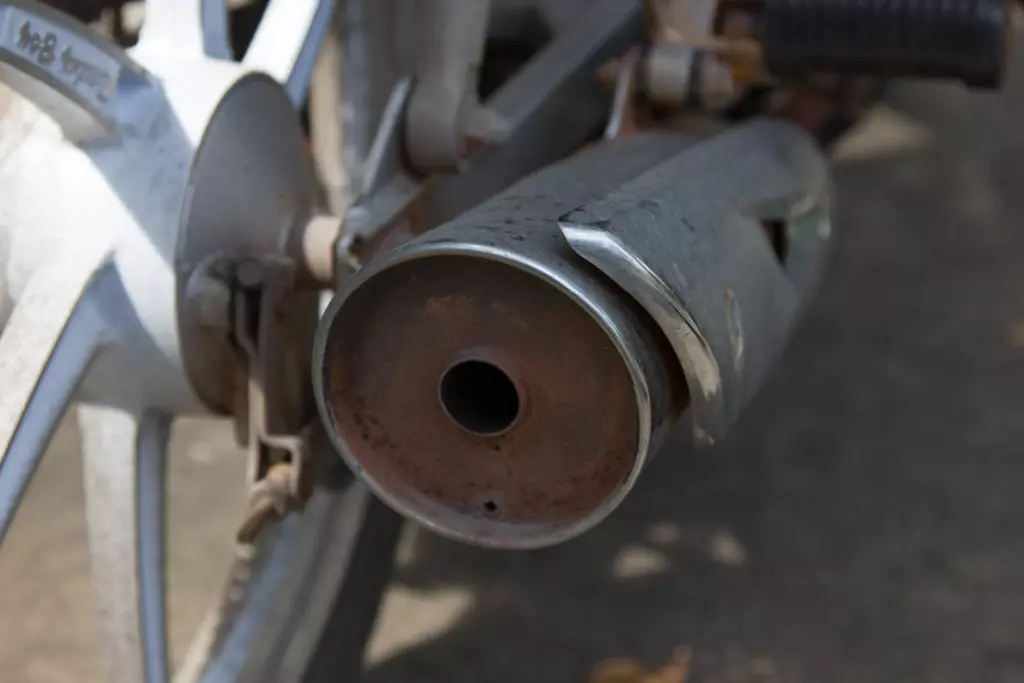Confined Space Safety: The Hazards of Gas
June 22, 2020
Of all the hazards that go along with confined space work, it’s the invisible one that often captures peoples’ imagination: toxic gas.
Gas inhalation killed 213 workers in the US between 2013 and 2017. The situation is much more dire in countries that lack occupational safety and health regulations. Worldwide, a worker is killed by exposure to toxic substances every 30 seconds (this includes inhaled gases as well as exposure to other materials).
We often talk about risks relating to gas exposure in terms of concentrations, toxic thresholds measured in parts per million (ppm). Because toxicity is so closely related to the proportion of gas in a given area, gas concentrations become all the more important in confined spaces.

We’ve introduced you before to our Gas Monitor Kits, and discussed why it’s so important to monitor the atmosphere in confined spaces. Pelsue Gas Monitor Kits measure the levels of four gases (or gas-related measurements) which are responsible for the vast majority of workplace safety hazards: Carbon Monoxide, Oxygen, Hydrogen Sulfide, and general Lower Explosive Limit (LEL).
To help illustrate the importance of gas monitoring, we’re going to take some time to examine these four important substances, their origins, and how they can impact your health.
Carbon Monoxide
Carbon Monoxide may represent the most well-known of these toxic gases. Most houses have CO monitors installed along with their smoke detectors. Almost everyone is aware of the danger posed by running large vehicles in enclosed spaces, but that’s by no means the only hazard.
For example, many CO-related emergency calls are the result of operating gasoline-fueled power washers (say, for example, in the garage of an apartment building) without proper ventilation. Carbon Monoxide can also be produced by certain solvents like paint remover, or through unseen breaks in outdated equipment.

It doesn’t take a large amount of CO to pose a hazard. Any concentration above 70 ppm can cause symptoms of carbon monoxide poisoning like headache, fatigue, nausea, and dizziness. Prolonged exposure only makes the situation worse and increases the risk of blurred vision, shortness of breath, and loss of consciousness. Sustained exposure to concentrations above 150 ppm can be fatal.
If someone shows symptoms of being affected by CO poisoning, they should be moved immediately to an open area with fresh air. 911 should be called at once, and oxygen should be administered if possible.
Oxygen
As we mentioned in our post on our Gas Monitor Kits, oxygen makes up roughly one-fifth of the air we breathe. As it turns out, maintaining this particular balance in the atmosphere is crucial to safety.
It’s easy to understand that less oxygen in the atmosphere is generally bad. What may be less apparent is how little of a reduction it takes to pose a danger.
An oxygen concentration of 19.5% (down from the normal 20.8%) is enough to cause an oxygen deficiency in the blood. A 16% concentration leads to increased pulse rate, rapid breathing, and impairments to thought, coordination, and attention span. At just 12.5%, there is a significant risk of permanent heart damage as well as nausea and vomiting. Convulsions, paralysis, and death can occur at 10% oxygen.
Here in Colorado, visitors often suffer from altitude sickness. While not entirely the same (at altitude, the proportion of oxygen in the air remains the same, there’s just less air in general), altitude sickness shares many symptoms with lower–level oxygen deprivation. But even those minor symptoms can lead to hospitalization.
But more oxygen is not necessarily better. Any concentration above 21% presents a significant risk of explosion. More than that, fires burn more intensely with more oxygen in the atmosphere.
Making sure your confined workspace has the proper proportion of oxygen is crucial to maintaining a safe environment.

Hydrogen Sulfide
You may be less familiar with Hydrogen Sulfide (H2S) than the previous entries on this list, but you probably know its smell very well: the pungent scent of rotten eggs.
H2S is a component of natural gas and petroleum and also occurs in volcanoes and hot springs. H2S is also produced by microbes breaking down organic material in environments which are lacking in oxygen. This means H2S is frequently found in sewers, manholes, tanneries, and paper mills. It’s also heavier than air, so it tends to accumulate in low-lying areas, making them especially vulnerable to toxic levels of H2S.
Low levels of H2S exposure causes eye irritation, coughing, sore throat, nausea, shortness of breath, and fluid in the longs. Long-term exposure can result in fatigue, loss of appetite, headaches, memory problems, irritability, and dizziness. High-level exposure can cause rapid collapse and death. If the patient survives, they are still at high risk of severe brain cell damage or fluid collection in the brain.
The maximum concentration allowed by OSHA is 20 ppm (10 ppm is the threshold for eye irritation). Between 100-150 ppm, the olfactory nerve can be damaged with just a few breaths, leading to loss of smell. This may make it harder to detect increases in H2S without the proper tools. Plus, it can mask the scent of other dangerous materials.
LEL
This one is a bit different. LEL is not an obscure gas, but instead is an acronym for Lower Explosive Limit. LEL measures the minimum concentration of specific gases at which they pose a risk of explosion.
Different gases have different LELs. For example, hydrogen is 4%, gasoline is 1.2%, and turpentine is 0.7%. Since that’s a lot of information to try to calibrate into a monitor, sampling the air and testing it for general combustibility is the most efficient way to protect workers from explosive atmospheres.

Monitoring the air in confined spaces before entry and during operations is vital in keeping workers safe. Many of these substances can affect or even incapacitate you before you can detect their presence on your own. Using and maintaining a gas monitor kit is the surest way to protect you and your team from harm.

